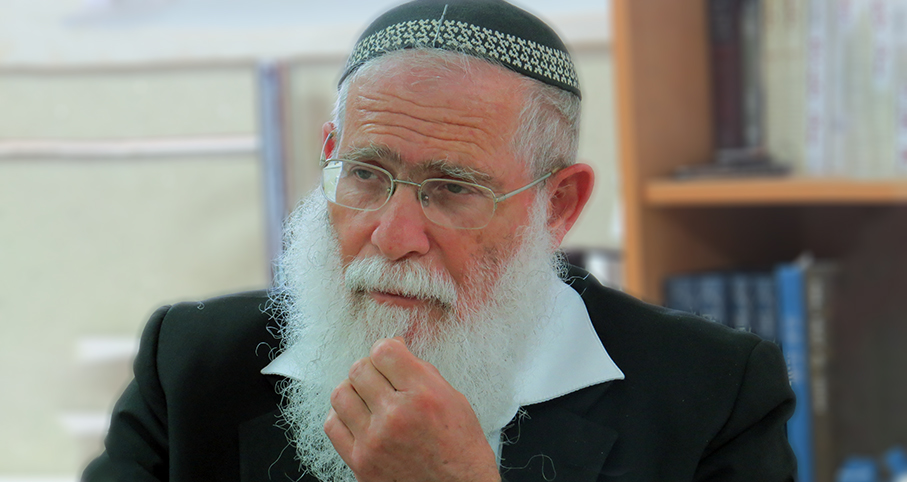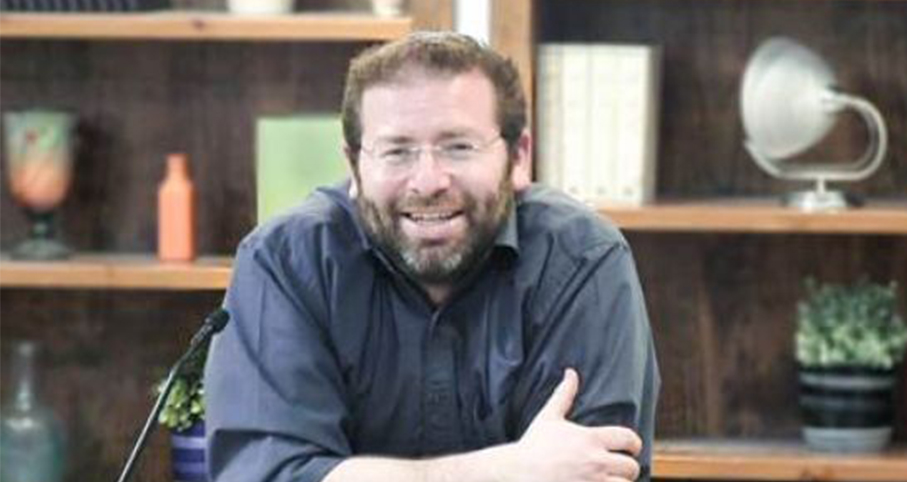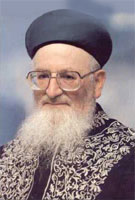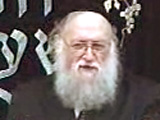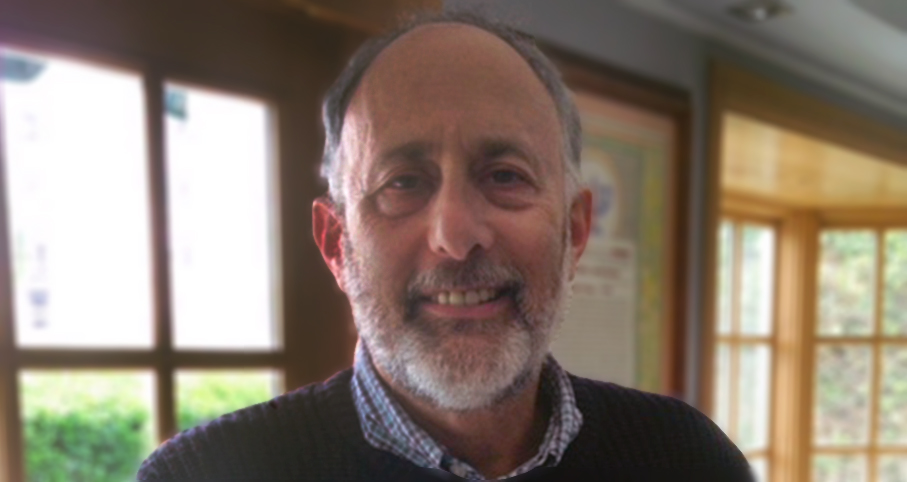Beit Midrash
- Sections
- Chemdat Yamim
- Igrot Hare’aya
Recipient: The honorable members of the "Pri Etz Hadar" association

Igrot Hare’aya (200)
Beit Din Eretz Hemda - Gazit
10 - Preparing for Aliya
11 - Supporting Non-grafted Etrogim
12 - The Need to Be Connected to our Past
Load More
When you are able to complete the necessary steps to clarify that [an orchard of] etrogim is kosher and clear of any concern of grafting, I will testify about them before the nation of Hashem in the dispersion of exile that they are indeed kosher and clean from this blemish. I am sure that "our brethren, the Sons of Israel" will know to give precedence based on this fundamental advantage of the kashrut of etrogim, by being assured that they are not grafted but clearly kosher. This exceeds the advantages of external beauty, which is easier to achieve when the fruit are grafted onto lemon rootstocks.
These are the details that you honored men must fulfill so that I can give a certificate of kashrut in a positive spirit, with Hashem’s help:
1. You must clarify for me with complete certainty that the source of the seeds from which your etrog trees come are from etrog trees that grow uncultivated, [which is an indication] that there is no concern of grafting.
2. Allow me to appoint G-d-fearing supervisors with expertise in the matter to check the orchards by means of their roots in a reliable check to ascertain that they have not been grafted with another species.
3. There must be a reliable supervisor who will be present at the time of picking and packaging to attest that grafted or questionable etrogim were not mixed in among the etrogim that are free of questions. He must also make sure that terumot and ma’asrot were taken according to Torah law and that there is no problem of orla (fruit from the tree’s first three years).
When you will fulfill these three requirements, I will, with Hashem’s help, strongly attest to your etrogim’s kashrut [while noting that they are] raised by our brethren who work the fields of the Holy Land. I hope that all of the greatest rabbis in the Diaspora, and all who fear Hashem and perform mitzvot in the best way, will stand by your side. All those who love the Holy Land in all the places that the Jewish People are dispersed will strengthen your hands, which are involved in sacred work, so that you will be able over time to plant more orchards that produce kosher "choice fruit of the tree" (the Torah’s term for etrogim). This will enable the holy mitzva to be fulfilled according to its halachot in a certifiable way by all of the nation of Hashem. This will also give greater strength and vigor to the Jewish settlement efforts in Eretz Yisrael and give employment to farmers in our Holy Land who work the land with the sweat of their brow, planting kosher etrog orchards according to Torah law in a manner that brings honor and magnificence.
Sign Off: The blessed Hashem should bless you and bring success to the work of your hands. He should enable us to see the happiness of Zion and its building through the ingathering of its children into it in joy. "Those who come shall be rooted in Yaakov and will bud and flower in Israel, and they shall fill the face of the world with produce" (Yeshayahu 27:6).
Historical Note: Some two years later, Rav Kook published a book called Etz Hadar, which clarifies the problem of grafted etrogim and calls on Jews to buy from those farmers in Eretz Yisrael who grow kosher etrogim.

False Accusation of Non-Kosher Soap – #333
Date and Place: Yafo, 5 Nisan 5670 (1910)
Beit Din Eretz Hemda - Gazit | Tammuz 5785

Refuting Criticism by the Ridbaz – #311 – part II
Date and Place: 19 Sivan 5670 (1910), Yafo
Beit Din Eretz Hemda - Gazit | Adar 5785

Maintaining a Friendship of the Spirit – #266 – part II
Igrot Hare’aya – Letters of Rav Kook, Date and Place: 11 Shevat 5670, Yafo
Beit Din Eretz Hemda - Gazit | Elul 5784

Deflecting Criticism – #291
Date and Place: 12 Nisan 5670 (1910), Yafo
Beit Din Eretz Hemda - Gazit | Shevat 5785

Beit Din Eretz Hemda - Gazit

Payments after a Gradual End of Employment
(Based on ruling 82024 of the Eretz Hemdah-Gazit Rabbinical Courts
Nissan 5783

Semi-solicited Advice to Calm Down Petach Tikva
#227 Date and Place: 8 Tishrei 5669, Yafo
19 Sivan 5784

Repercussions of a Sale that Turned Out Not Happening – part III
(based on ruling 83045 of the Eretz Hemdah-Gazit Rabbinical Courts)
18 Sivan 5784


